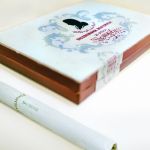
27 July – 30 August
In the late 1940s, the process of normalization in the city and the countryside was becoming clearly perceptible, also in the Salzburg Festival. In February for instance, the temporary power cuts ceased and for the first time nearly all stage scenery could be made in the Festival workshops in Salzburg, saving costly and complex transportation.

28 July – 31 August
Film footage (151 feet in fact) documents ‘Austria’s greatest artistic event’ in 1948 in word and image: Helene Thimig rehearsing Jedermann/Everyman, Paula Wessely and Horst Caspar in Grillparzer’s Des Meeres und der Liebe Wellen/The Waves of Sea and Love, also the summit meeting of the two maestri and artistic rivals: Wilhelm Furtwängler, who conducted a new Fidelio at the Festival Hall, and Herbert von Karajan in his opera début.
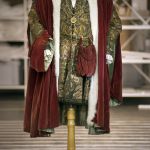
27 July – 31 August
The 1947 Salzburg Festival opened with Jedermann, with stage direction by Reinhardt’s widow Helene Thimig. Jedermann was played by Attila Hörbiger. Thimig’s production after Max Reinhardt remained in the repertoire until 1951.
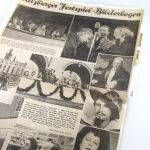
1 – 31 August
The former director of the Theater in der Josefstadt Ernst Lothar played a major role as Theater & Music Officer of the Information Service Branch in arranging the Salzburg Festival schedule, also in reviewing the participants.
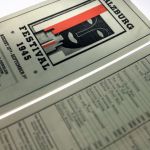
12 August – 1 September
On 4 May – four days before the end of the war – American troops took over command in Salzburg. The decision to revive the Festival was already made in spring.
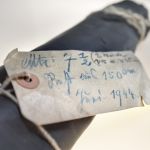
The “Salzburger Theater- and Musicsummer” is cancelled
Despite the catastrophic situation, preparations were being made for a Salzburg Theatre and Music Summer, which also included the world première of Die Liebe der Danae by Richard Strauss. However, this was cancelled after the attempted assassination of Hitler (20 July 1944) and the decree declaring ‘total war’.
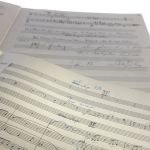
Salzburger Theater- and Musicsummer 4 – 29 August
In summer 1942, Richard Strauss guested in Salzburg for the first time since 1933 and conducted the Vienna Philharmonic Orchestra in a programme of works by Mozart. He also agreed in late August 1942 to première his opera Die Liebe der Danae/The Love of Danae at the 1944 Salzburg Festival.
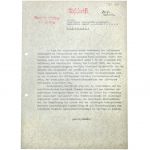
5 – 30 August
The organizational structure of the Festival as conceived by the founders was annulled with the liquidation of the Salzburg Festival Theatre Association. Clemens Krauss, already named Artistic Director of the Festival in September 1941, was installed as General Artistic Director (Generalintendant) with a ten-year contract.

2 – 24 August
Daily newspapers reported that the Festival was scheduled to take place in Salzburg that summer, although the war was escalating and the Wehrmacht was attacking the Soviet Union.
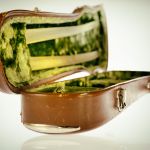
Salzburger Kultursommer 13 – 27 July
Only a torso of a programme could be presented in the war year 1940. The season lasted a mere fortnight in July, and consisted entirely of a concert cycle by the Vienna Philharmonic Orchestra.
The “Salzburger Theater- and Musicsummer” is cancelled
Despite the catastrophic situation, preparations were being made for a Salzburg Theatre and Music Summer, which also included the world première of Die Liebe der Danae by Richard Strauss. However, this was cancelled after the attempted assassination of Hitler (20 July 1944) and the decree declaring ‘total war’.
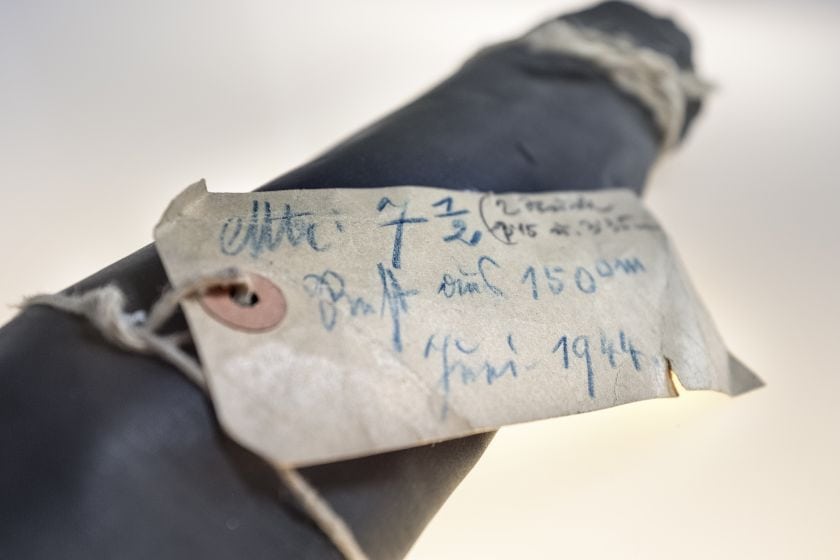
Nevertheless, Clemens Krauss’s close connections to the Berlin regime enabled the rehearsals to continue, and the dress rehearsal of Die Liebe der Danae took place on 16 August. Rudolf Hartmann was the stage director, Emil Preetorius the set designer; the main roles were sung by Viorica Ursuleac and Hans Hotter. The intention was to honour the composer on his 80th birthday with the opera’s first performance; immediately after the dress rehearsal he spoke these famous words to the Vienna Philharmonic Orchestra: ‘Perhaps we will see each other again in a better world!’1
Also Wilhelm Furtwängler was given a special permit for a concert with the Vienna Philharmonic Orchestra, who played Bruckner’s Eighth Symphony on 14 August.
1 Cit.: Hellsberg: Eine glückhafte Symbiose (see no. 1), 177
